
Become a member
Join today and help protect nature, beauty and history – for everyone, for ever. Enjoy access to more than 500 places with National Trust membership.
Home of the Wild Ennerdale project with 30 miles of traffic-free paths
Bleach Green car park, Ennerdale Bridge, Cleator Moor, Cumbria, CA23 3AS
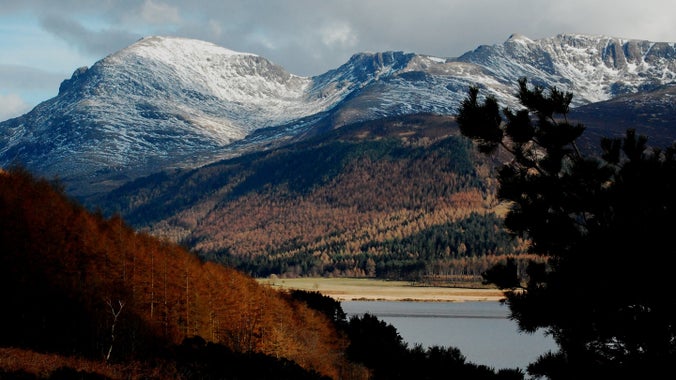
| Asset | Opening time |
|---|---|
| Countryside | Open all day |
Pay and display car park at Bowness Knott (not National Trust) Bleach Green car park (not National Trust)
Dogs are welcome to our outdoor properties but please keep them under close control to protect stock and wildlife. Take a look at our Canine Code and enjoy a great day out with your pup!
Access paths for people with limited mobility at Bleach Green.
Bleach Green car park, Ennerdale Bridge, Cleator Moor, Cumbria, CA23 3AS
Ennerdale is a one paw print rated place. Find out all you need to know about bringing your furry side-kick on an adventure around the lake shore, in the valleys and up the fells.
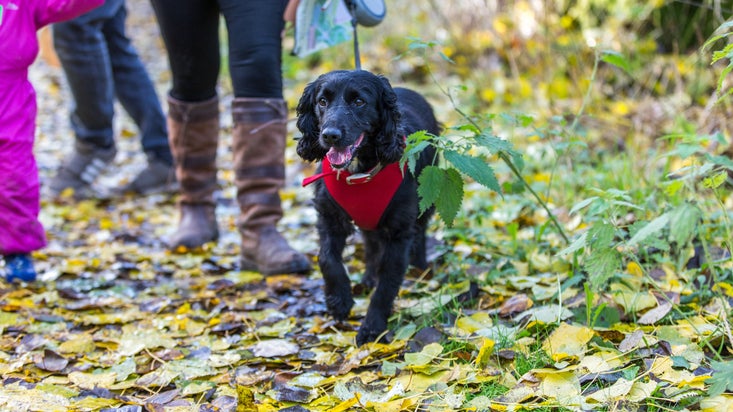
Remote valley home of the Wild Ennerdale Partnership, which is allowing the landscape to evolve naturally, reducing human intervention.
Escape the pace of modern life in Ennerdale with a lakeshore stroll, a hike up to some of the most famous Lake District mountain peaks or a bike ride along the forest roads.

The Wild Ennerdale partnership’s nature-led approach to land management has seen the return of wildlife in abundance. Which of Ennerdale’s residents will you be able to spot?
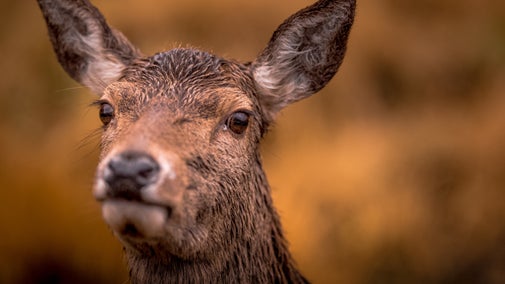

Period features throughout in this spacious farmhouse on the shores of Loweswater.

A ‘stone tent’ warmed by a log-burner, set just metres from the shores of Loweswater.

A mile from Wastwater, close to challenging bike trails and Scafell Pike, England’s tallest mountain.

A stone cottage with traditional furnishings located in the remote valley of Wasdale.
Sorry, there are no upcoming events at this place
Lying on the north western edge of the Lake District National Park, Ennerdale is home to some of England’s most vibrant natural environments and one of the longest running wild land restoration projects in the UK. Caring for Cumbria's largest National Nature Reserve, the Wild Ennerdale Partnership is allowing the landscape to evolve naturally by reducing human intervention and invites you to explore this unique valley and experience its special sense of wildness.
Wild Water, Forests, Mountains
The river Liza is a 'wild' river - allowed to choose its own path through the valley. Native species are gradually colonising forest that was formerly plantation. Some of the classic ‘Wainwrights’ Pillar, Great Gable and Kirk Fell are the giants of the skyline towering over Ennerdale Water.
Come into the wild
Accessing the valley is easy, with two free car parks at either side of the lake – Bowness Knott to the north and Bleach Green to the south. Click here for downloadable trails, information about history, wildlife and conservation work in Ennerdale.
Discover the history of Ennerdale in the Lake District, dating back to prehistoric times through to the present day, including its impact on literature, conservation and rock-climbing.

Discover more about our conservation work at Ennerdale, from maintaining a long stretch of dry stone wall to protecting the marsh fritillary butterfly.
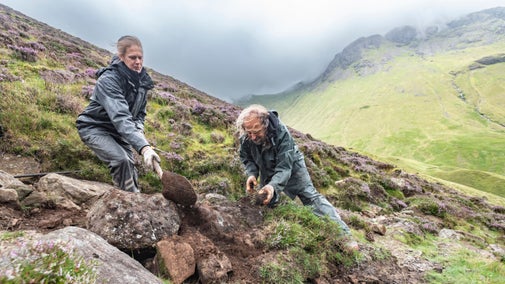
Wild Ennerdale is one of the UK’s largest wilding partnerships and in November 2022, it was declared the largest National Nature Reserve in Cumbria. Learn more about the work we are doing together with our partners to help increase biodiversity and climate change resilience into this spectacular valley.
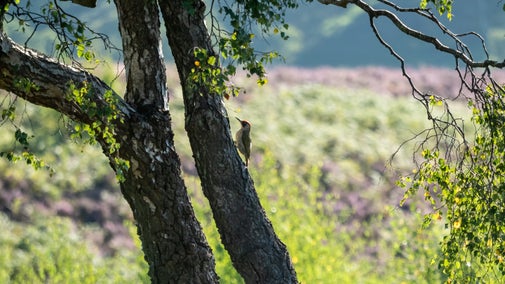
Did you know that along with farmers and other commoners, we look after approximately 16,000 hectares of common land in the North and West Lake District? This includes parts of Kinniside, Stockdale Moor and Nether Wasdale commons. Click here to learn more about the Upland Commons Project, the history of commoning and what we are doing to make sure these important stretches of land continue to support people, livestock and wildlife as they have done for centuries.

Search for live volunteering opportunities, or register your interest with Ennerdale.


Join today and help protect nature, beauty and history – for everyone, for ever. Enjoy access to more than 500 places with National Trust membership.
By sharing your email address you’re agreeing to receive marketing emails from the National Trust and confirm you’re 18 years old or over. Please see our for more information on how we look after your personal data.